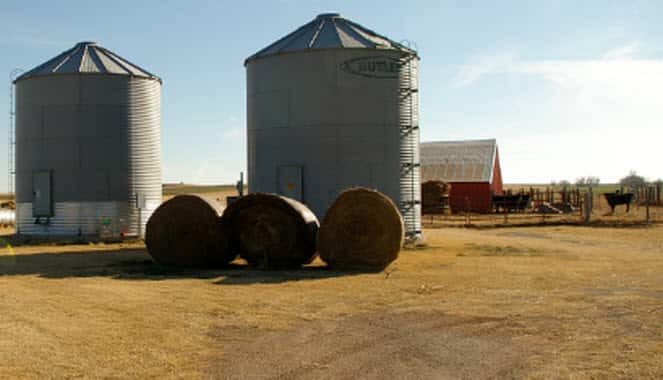WASHINGTON (April 27, 2016) – Farm-sector lending volumes remain well above historic averages, according to a report released earlier this week from the Federal Reserve Bank of Kansas City, and the National Farmers Union (NFU) is viewing the new report with concern given the struggling farm economy.
“Farmers and ranchers are facing serious hardships as they deal with the financial challenges associated with the lean times we are in. The Federal Reserve’s assessment of farm credit conditions, with signs of deterioration and more challenging loan renewals has NFU very concerned about the hard times ahead,” said Roger Johnson, president of NFU.
Johnson expressed similar concerns about the downturned farm economy at a recent hearing of the House Agriculture Subcommittee on General Farm Commodities and Risk Management.
“Producers, cash-strapped by persistently high input costs and low commodity prices, may experience trouble accessing credit, negative farm budgets and depressed markets if the trends continue as forecasted by the U.S. Department of Agriculture,” he explained to members of the committee.
Johnson pointed to the Farm Service Agency (FSA) loan portfolio as an indicator to measure the health of the farm sector. FSA loan demand is up 21 percent over the same time last year with $3.4 billion of the $6.47 billion in lending authority for fiscal year 2016 being utilized. The findings of the report expand on the narrative of the multitude of challenges faced by farmers and ranchers.
Large operating loans accounted for a significant share of the total loan volume growth, which could be due to the persistently high input costs and farm expansion, the report says. In addition, loan delinquency rates increased slightly and repayment rates declined; though, rates are still below the 15-year average.
Reduced cash flow and short-term liquidity problems have lenders seeking to restructure existing loans, leading to an increased demand for loan renewals and extensions, the report found. Banks reported slight increases to interest rates for higher-risk borrowers in an attempt to reduce their risk.
“The 1980’s constantly looms over us, and while conditions are different, today we must remain vigilant and provide support as we face a situation that is trending negative,” Johnson concluded.
Source: National Farmers Union





